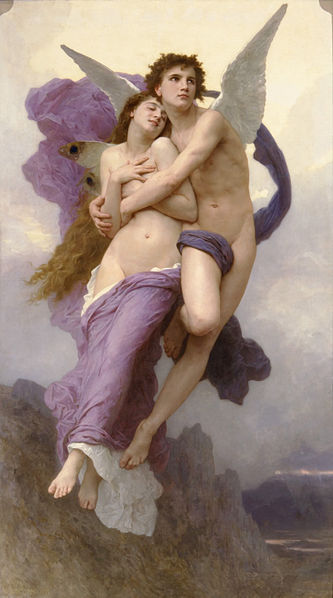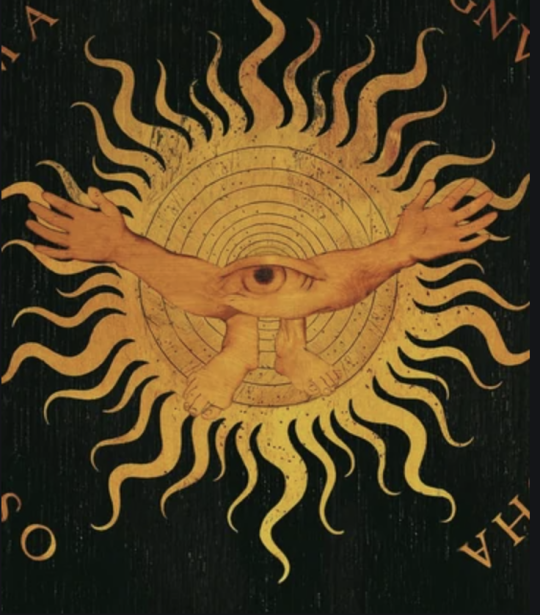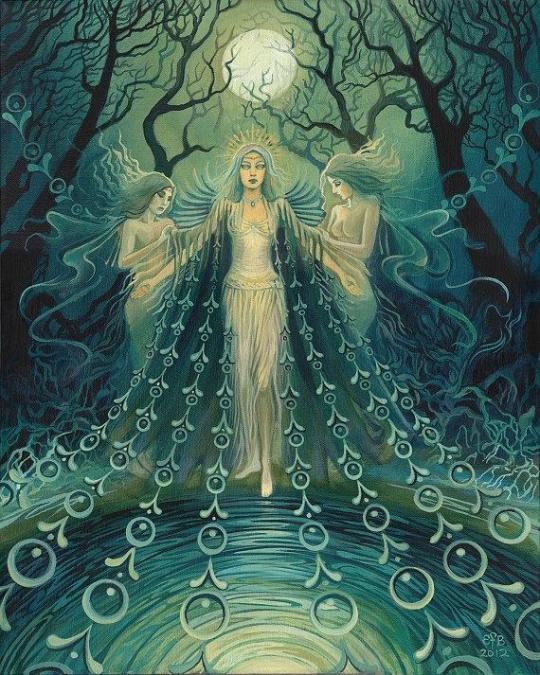#deityoftheday
Eros: The Desire

Eros was the Greek god of love, or more precisely, passionate and physical desire. Without warning he selects his targets and forcefully strikes at their hearts, bringing confusion and irrepressible feelings or, in the words of Hesiod, he ‘loosens the limbs and weakens the mind’ (Theogony, 120). Eros is most often represented in Greek art as a carefree and beautiful youth, crowned with flowers, especially of roses which were closely associated with the god.
Eros – known as Cupid to the Romans – was the Greek god of sexual attraction, a constant companion of Aphrodite. Variously depicted as either a beautiful youth or a mischievous nude boy, Eros is most commonly represented with a bow and an unlimited number of arrows which he uses to overpower the reason and incite erotic feelings in any mortal or god per Aphrodite’s or his own wish. Once, though, he accidentally scraped himself with an arrow – and that’s how he fell in love with Psyche, who will later become his wife for eternity.
The first of these is Hesiod’s Eros, a primordial being, “the most beautiful of the immortal gods,” one of the very first few deities that sprung into existence. In this story, Eros was the son of Chaos, and the brother of Gaea, Tartarus, Erebus, and Nyx. A universal cosmic force, he became Aphrodite’s companion soon after her birth, which he had previously overseen.
However, possibly due to the fact that Eros was constantly accompanying the goddess of love, later authors reimagined him as one of the many children of Aphrodite and Ares. In this case, there are at least three more winged love gods such as him, all of them his brothers: Anteros, Pothos, and Himeros. Together, they are often referred to as the Erotes.
Chaos: The Void
I’ll be going through the greek pantheon first in order of family tree and then other pantheons later on

Chaos was the origin of everything and the very first thing that ever existed. It was a primordial void, which everything was created from including the universe and the Greek Gods. In ancient Greek, Chaos is translated as ‘the gaping void.’
In the beginning, Chaos was a state of random disorder existing in primordial emptiness, and soon later a Cosmic Egg formed in its belly and it hatched producing the first deities into the darkness. Chaos was often thought of to be female, possessing both anthropomorphic and tangible qualities however this interpretation changed as the mythology evolved according to different historians and poets. The far-reaching idea is that Chaos is a space that separates and divides the Earth and the Sky.
Erebus: The Darkness

Erebus was one of the oldest ancient Greek gods. He was one of the sons of the first goddess Chaos or Khaos. In mythology, his most common mistress was the goddess Nyx.
Erebus was the father of many gods and goddesses, including Aether, Hypnos (Sleep,) and Thanatos (Death).
Erebus was the Greek god of the Underworld and his name meant “place of darkness between earth and Hades.” His name was often used to refer to part of the Greek Underworld where the spirits of the dead pass after the leave the living bodies. This place was also sometimes called Tartarus.
Erebus was credited with finishing the Underworld after the gods created Earth. He did this by filling in the empty places with dark mists. Nyx used Erebus’ dark mists to bring night to earth. The Greek poets referred to this as the “Veil of Night.” In some stories, Erebus, Nyx, and Hemera are referred to as spirits rather than gods.
Nyx: The Night

Nyx is the Greek Goddess of the night, and the daughter of Chaos. Her birthplace was not on Earth but in Gaia. She is Primordial God. It is said that she was created near the beginning of time. Her home is in the depths of Hades’ underworld. Nyx has a shadowy figure, which makes her the perfect personification of the night.
Nyx is a very unique goddess. She can impact mankind in a good or bad way. Her ability to bring sleep or death unto to the human race. Zeus even feared Nyx because she was older and stronger than him. That speaks volumes of her power. The moonstone is used to honor her to this day. It reflects it’s owner and should be used during the full moon.
Nyx lived in Tartarus. However, Nyx is not exactly the personification of evil in greek mythology. She’s never spoken of having done anything more ‘evil’ than Zeus himself does in any mythology. Yet, many see her as more of a villain figure than she ever appears to be.
Nyx married Erebus, the God of darkness. Nyx and Erebus produced Hemera (Day) and Aither (Light). Hemera is Nyx’s opposite. Nyx brought the dark veil over the night, while Hemera chased the dark mists away each morning. Interestingly so, Nyx was able to create her own dark spirits including Fates, Sleep, Death, Strife, and Pain. More of Nyx’s children include, Geras, Moros, Nemesis, the Keres, and the Oneiroi.
